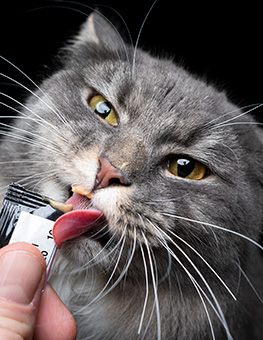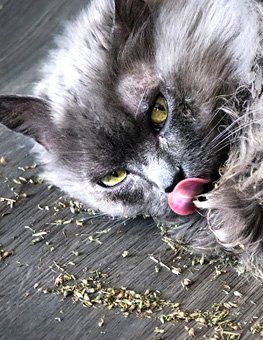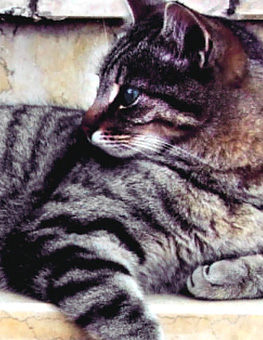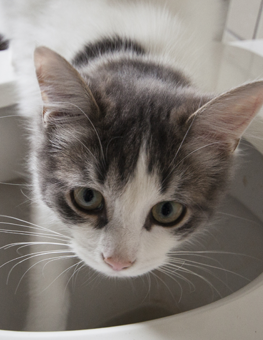How to Treat Your Cat for Intestinal Parasites
Intestinal parasites exhibit different signs. Parasite control requires a basic grasp of those signs and causes.
Of all the health topics cat owners consider, intestinal worms rarely make the list, especially if the cat stays in the home exclusively and never adventures outdoors. It is important to note however, that intestinal worms result from several causes and that we as humans can become infected if we do not manage the situation properly.
Signs to watch for when considering if your cat has intestinal parasites include:
- Intermittent diarrhea
- Little or no weight gain, despite a healthy diet
- Dull fur
- Lethargy
Understand as well that that you are dealing with several different types of parasites and that they are not all visible to the eye. As a primer on the different parasites you may be dealing with:
- Roundworms (Toxocara cati, Toxascaris leonina) are the most common type of worm to infect the animal kingdom. They are usually 2 to 4 inches long, tan or white “spaghetti-like” creatures with tapered ends. If a roundworm burden is heavy, a cat may vomit these worms or pass them whole in the stool. In addition to causing vomiting and diarrhea, roundworms can have an effect on a cat’s overall health and appearance. Kittens infected with roundworms will have a potbellied, bloated look to them and may be constantly hungry. Kittens can get roundworms from their mother through the milk.
Roundworms are zoonotic (can be transferred to humans) and can cause an infection known as “Visceral Larva Migrans,” that may result in inflammation of muscle tissue and blindness. Cat feces should be scooped from the litter box daily and disposed of in the household trash.
- Tapeworms (Dipylidium caninum, T. taeniaeformis) are the other type of parasite that’s visible to the naked eye. Actually, what you will observe are tapeworm segments that have broken off from the adult parasite that is attached to the lining of the cat’s intestinal tract. These tapeworm pieces vary in length, are usually white and are frequently seen (while still alive) contracting and expanding around the cat’s rectum or stool immediately after elimination. Once the segments die, they will look like grains of uncooked wild rice or sesame seeds and are often found where the cat sleeps.
The most common route of tapeworm infection occurs when the cat swallows a flea that is carrying the parasite’s eggs, but infection from mice carrying the tapeworm’s egg is also possible. The good news is that tapeworms cannot be directly transmitted from cats to dogs or humans as fleas must be involved in the lifecycle process. De-worming can be done by either oral medication or by injection. Effective flea prevention will help prevent tapeworms.
- Hookworms (Ancylostoma tubaeforme) Blood-sucking intestinal parasites, hookworms have the ability to cause anemia, and sometimes death, in cats. Hookworms cannot be seen by the naked eye, and the severity of adverse effects will depend on the amount of worms in the intestine, the animal’s overall health, age and acquired immunity. Cats can become more resistant to hookworms as they grow older. Larval migration from contact with stool contaminated soil is a common cause.
- Coccida (Isopora felis) This parasite is not a worm, but a single-cell microscopic organism that will wreak havoc in a cat’s intestinal tract when present in great numbers. This protozoan will cause watery diarrhea in young and susceptible animals that have immature or compromised immune systems. In some cases, the diarrhea can be severe enough to be life-threatening.
It is important to know that most cats will require time to show signs of intestinal parasitism. The initial step in parasite control is having a stool sample tested by your veterinarian. Positive fecal exam results will determine the proper medication recommended for purging that particular worm. Be sure to consult your veterinary care professional before proceeding with any medication and never use a de-wormer on a cat that is otherwise sick, pregnant or debilitated. Worms are a health risk for sure, but properly treated can be cured effectively.

















